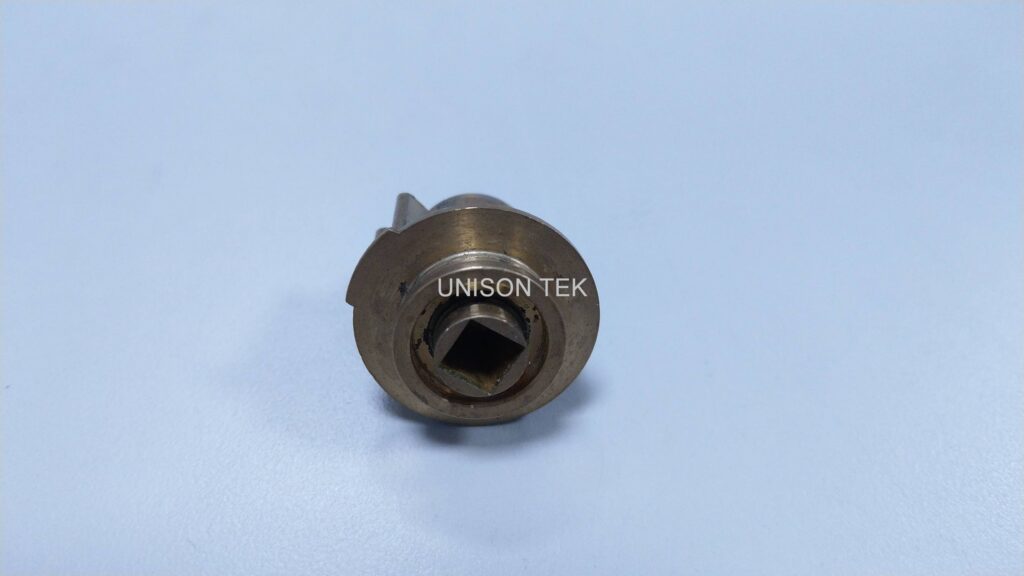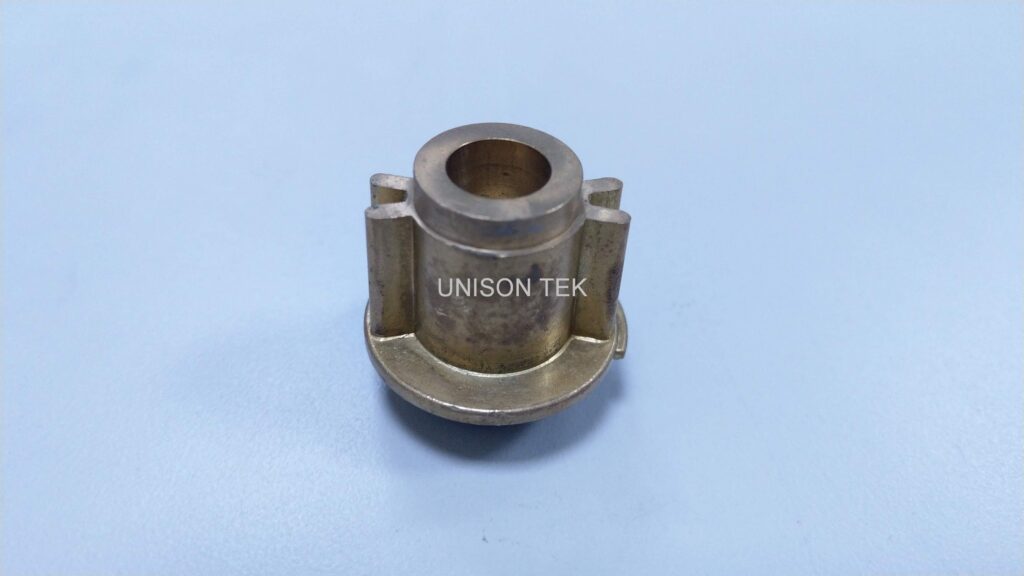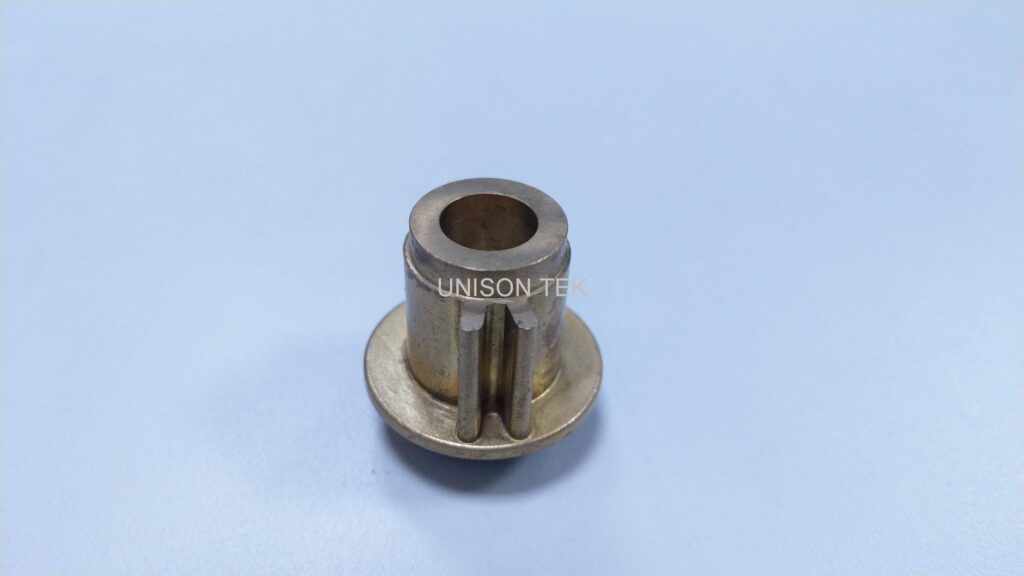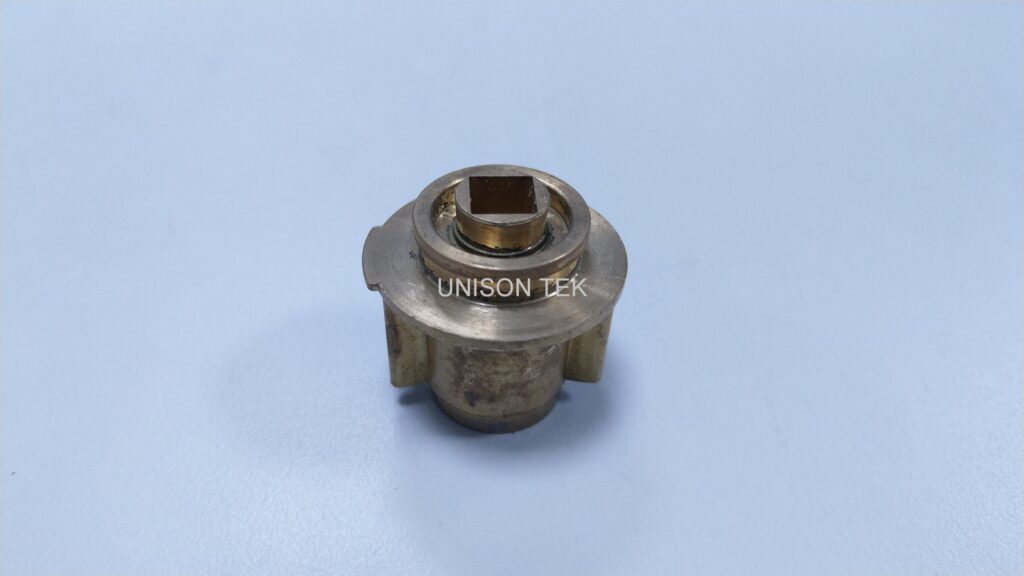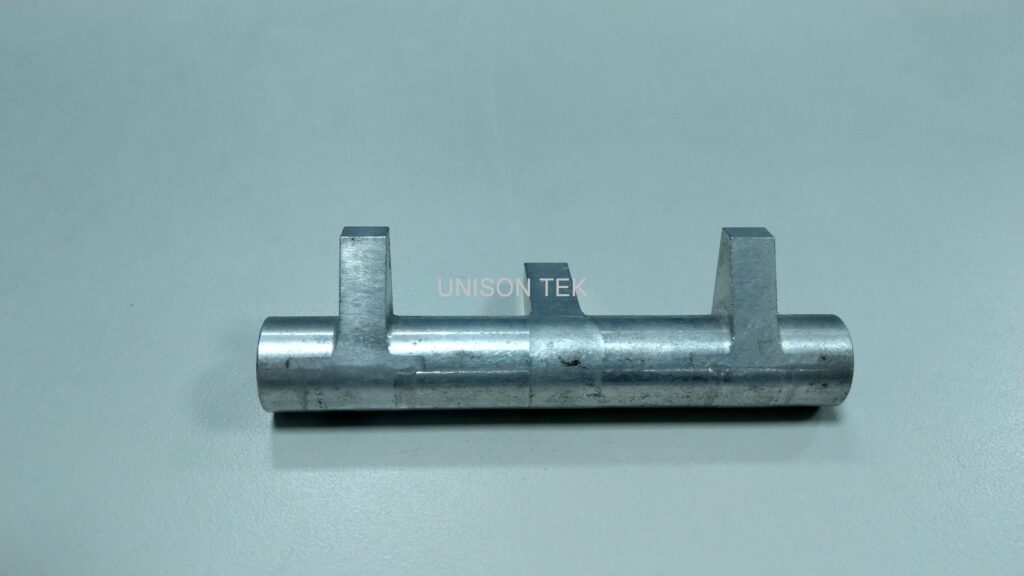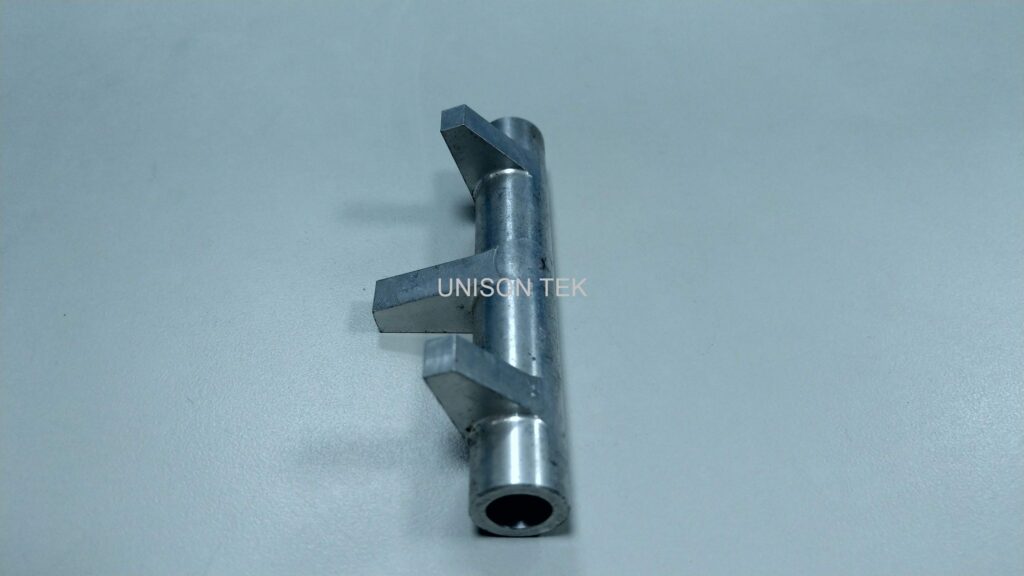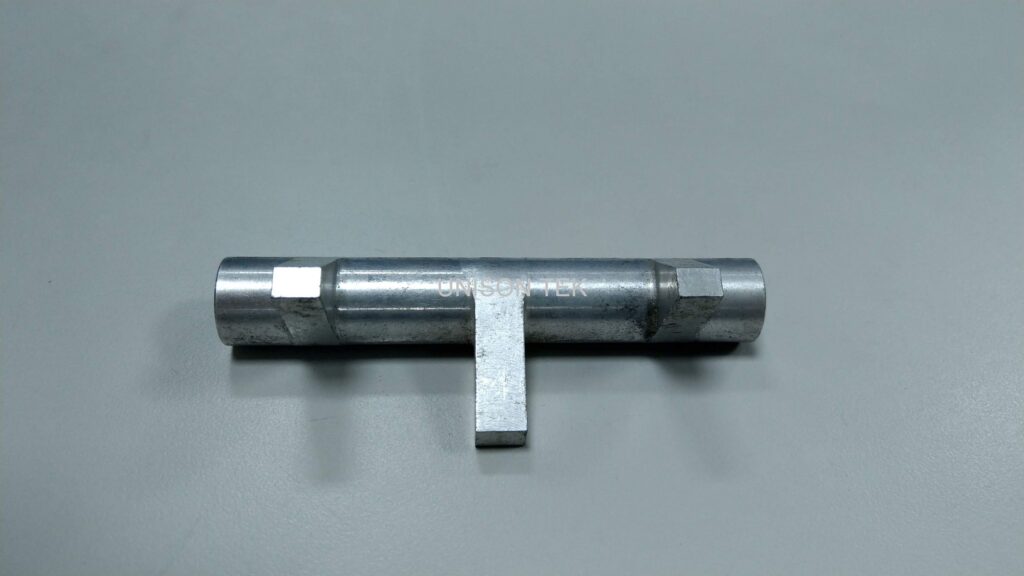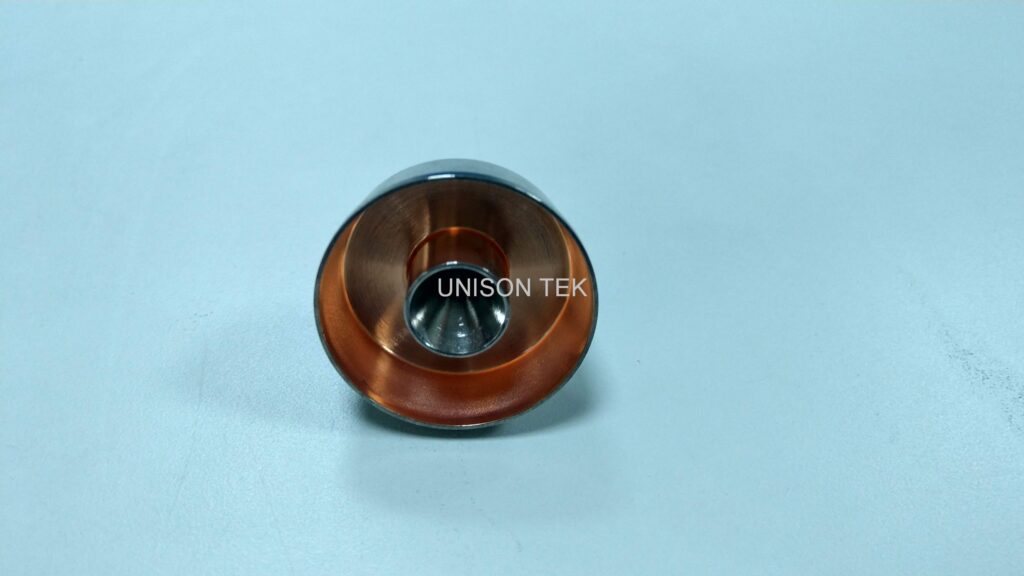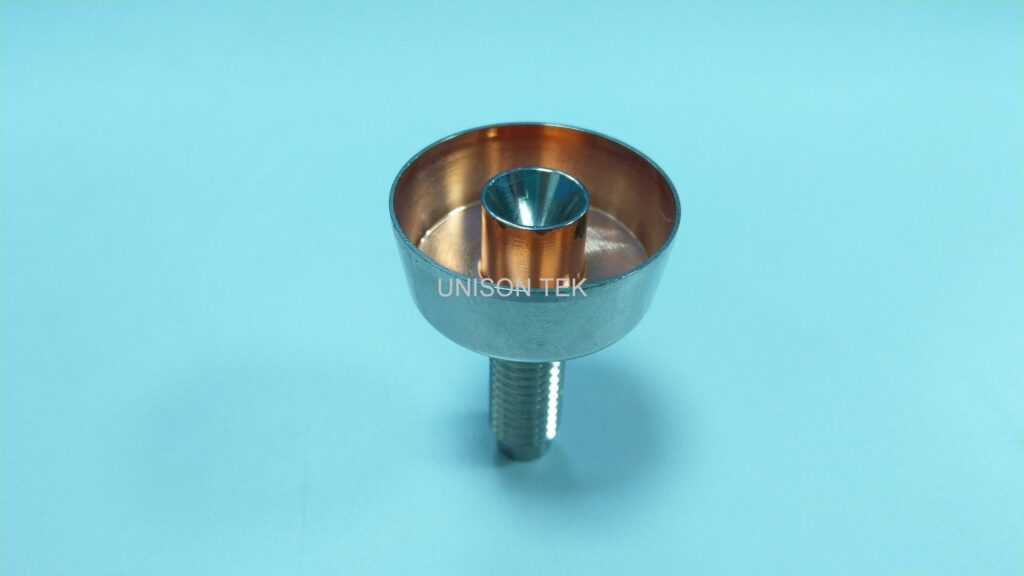Heat treatment
Heat treatment is to change the properties of the material by the change of heat, including strengthening, softening, toughening or obtaining other special physical properties.
The change of heat is mainly controlled by the heating temperature, the length of the temperature holding time, and the speed of the cooling rate. These parameters will affect the change of the microstructure and thus the mechanical properties of the material.
Quenching principle
The term Quenching is similar to hardening in general steel heat treatment, except for a few exceptions (such as pure iron, austenitic steel, fertilizer grain steel, etc.), almost all steel can be quenched and hardened.
The quenching of steel consists of three elements:
(1) heating in the austenitic iron area,
(2) cooling to avoid Ar' (sprayed loose iron) metamorphosis, and
(3) producing loose iron or toughened iron and hardening. These three conditions are interdependent and indispensable.
For carbon steel, based on experience, the quenching heating temperature is Ac3+30~50℃ for hypoeutectoid steel, and Ac1+30~50℃ for eutectoid steel and hypereutectoid steel. Hardening energy refers to the depth to which steel can be hardened after a certain hardening treatment (quenching).
The greater the hardening energy, the deeper the depth that the steel can be hardened under the same quenching conditions, and at the same hardening depth, less rapid quenching conditions can be achieved.
The factors that affect the hardening energy of steel are:
(1) The chemical composition has the greatest influence, and the chemical composition will affect the TTT curve, so the degree of right shift of the S curve indicates the effect on the hardening energy.
(2) The size of austenitic iron crystal grains. The larger the grains, the better the hardening.
Definition and purpose of various quenching methods
(1) Quenching (ordinary quenching)
The steel is heated to the test temperature (above the Ac3 point of hypoeutectoid steel, or more than Ac1 point of eutectoid steel and hypereutectoid steel), and keep it for a certain period of time, and then make it quenched to resist Ar1 transformation, and obtain high hardness Asada loose iron Organizational operations.
The main purpose is to obtain the loose iron structure of Asada and harden the steel.
(2) Stage quenching (stage quenching)
When quenching steel, heat the steel to an appropriate temperature, keep it for an appropriate time, and then quench it to below the production temperature of fertile iron and poriferous iron, and when it is above the production temperature of Madian scattered iron, remove it from the coolant and put it It is suitable for cooling in the atmosphere or other suitable coolants.
Its main purpose is to prevent deformation or cracking.
(3) Hot bath quenching
When quenching, keep the proper hot bath as a coolant (melting metal, molten salt, oil, etc.), and take out the air cooling operation after keeping it in the hot bath for a proper time.
Its main purpose is also to prevent deformation or cracking.
(4) Hemp quenching
When quenching steel, heat the steel to an appropriate temperature, keep it for an appropriate period of time, and then quench it in a coolant kept at a slightly higher temperature for the formation of scattered iron in Matian, and keep it until the temperature of each part reaches this temperature, and then slowly cool it.
Its main purpose is also to prevent deformation or cracking, and to obtain a proper quenched structure.
Tempering
The steel after quenching usually has residual austenitic iron and matian scattered iron structure, and the residual austenitic iron will slowly metamorphose at room temperature and cause volume changes.
However, if the material is almost entirely composed of the structure of Asada scattered iron, its nature is very hard and brittle, so that its pure use value is not high.
Therefore, after quenching, a tempering heat treatment is generally applied to improve the mechanical properties of the quenched structure.
Usually the tempering temperature of steel is below A1, and its temperature range can be very large, so the properties of steel can also be changed in a large range. After steel is tempered, the following goals can usually be achieved:
(1) improve strength and toughness,
(2) improve corrosion resistance and heat resistance, and
(3) increase ductility.
The cooling rate after tempering is also an important factor that affects the mechanical properties. If the purpose is only to soften, it should be quenched; if tempering produces a secondary hardening phase, slow cooling is appropriate after tempering.
The tempering change can be divided into about four stages. The action of reheating the quenched Asada scattered iron structure will have four overlapping but distinguishable tempering stages:
(1) The first stage: room temperature to 250 ℃, ε carbide precipitation (Fe2 ~ 2.5C), part of Asada loose iron loses the original body-centered square structure, which is the decomposition reaction; especially in the medium and high carbon steel (0.3 ~1.5wt%C), it is unstable at room temperature, because carbon atoms will diffuse in the scattered iron of the square lattice, and the instability increases from room temperature to 250℃, at this time ε iron carbide precipitates At this time, the temper hardening is contributed by the precipitation hardening of ε carbide.
(2) The second stage: the temperature is 200~300℃, the residual austenitic iron is decomposed; the residual austenitic iron is usually decomposed at 230~300℃, and the residual austenitic iron below 0.5wt%C is usually lower than 2%.
Residual austenitic iron in this range will decompose into toughened fertilizer iron and snow carbon iron.
(3) The third stage: the temperature is between 200~350℃, ε carbide (Fe2~2.5C) is replaced by Xueming carbon iron (Fe3C), Matian scattered iron loses the original body-centered square structure; Xueming carbon iron It appears for the first time and is presented in a Weidmann distribution.
During the tempering period, the Xueming carbon iron nucleation position is biased towards the interface between the ε carbide and the base, or it may grow at the twin crystal boundary or grain boundary of the high-carbon matian scattered iron.
The area (the grain boundary between the Tojo of Matian scattered iron and the grain boundary of the original austrian iron) nucleated, and the base lost its square structure.
(4) The fourth stage: When the temperature is above 350℃, Xueming carbon iron will be coarsened and spheroidized, and recrystallization will occur in the fertilizer grain iron area; Xueming carbon iron will encounter a coarsening process during 300~400℃, and the temperature will increase.
Spheroidization occurs at 700℃, and eventually a large amount of equiaxed ferrous iron and coarse spheroidized snow carbon iron will appear on the grain boundaries, but medium and high alloy steels contain strong carbide elements such as chromium, molybdenum and vanadium.
However, significant secondary hardening occurs when the hardness is between 500 and 600 ℃, because Xueming carbon iron solid dissolves in the base and becomes fine MC or M2C alloy carbides and then precipitates, so the alloy elements can be tempered and softened slowly.
And a higher tempering temperature is required to achieve a specific hardness.
Get more info about CNC Machining Parts , CNC Turning Parts, CNC Milling Parts,
or Contact us , e-mail to Harry Yen harry@unisontek.com.tw
